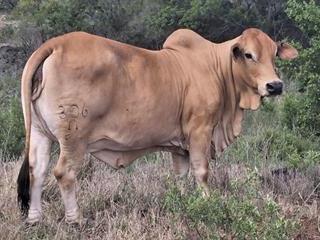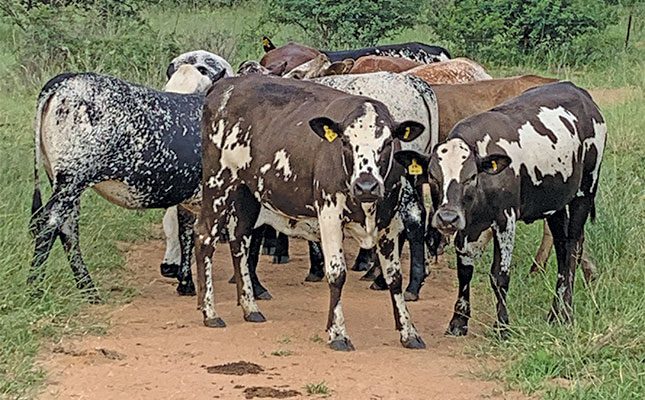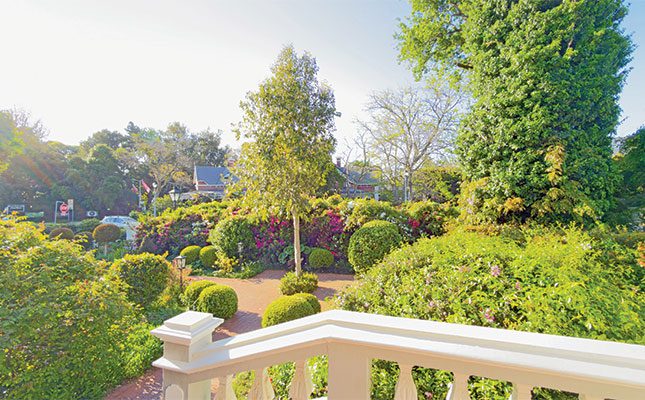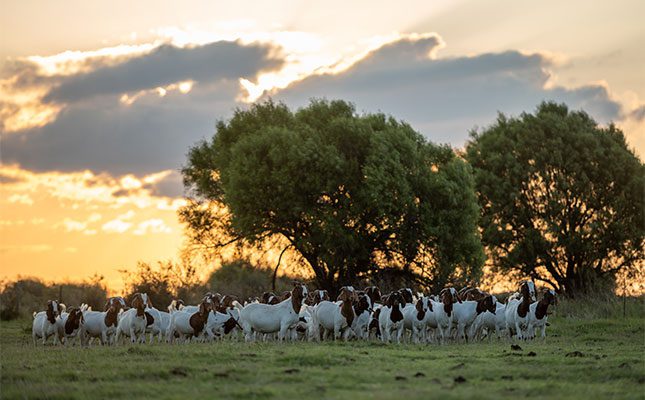The Stallion system is more commonly known in race horse breeding and cattle farming. It’s a celebrated way to multiply the investment made in one superior purchase. The “stallion” is a high-quality male that is primarily used for breeding purposes. In racing pigeons it may be a top-of-the-range performer in world class competition or the product of a pre-planned breeding programme. Unlike with horses and cattle, the sperm isn’t tapped, but the male is mated to different hens and not allowed to feed youngsters. he stallion system bypasses the time-phase limits of the South African pigeon breeding season, which falls within the same time phase as our racing season, starting in May and ending at the end of October.
Many fanciers still carry on breeding between November and December, but any youngster weaned after Christmas day won’t be through its “baby” moult in time for the next racing season. With the stallion system one can breed a large number of superior youngsters from the same cock in a shorter time, and have more matured youngsters unaffected by a late moult.
This brings its own financial reward. I n South Africa the norm is to breed around four rounds of youngsters from each breeding pair per season. A hen lays two eggs per round so four rounds provide eight babies. With the stallion system, fanciers claim to breed anything from 80 to 120 babies a year. he stallion system provides a faster testing field to determine an individual champion’s breeding potential. If your stallion is already a proven breeder, the system multiplies your superior offspring, as opposed to buying more pigeons.
Quick-test breeding strategies
Breeding stations that buy the best stock in the world for astronomical amounts of money can’t afford to wait for a return on the investment through routine breeding on the natural system. The stallion system thus puts many a struggling fancier on the map. he system also provides an opportunity to find the most suitable mate for the star cock more quickly. Everybody in the pigeon sport knows the benefits of a “click pair”, also known as a “hit” pair that “clicks” genetically and otherwise to breed superior offspring. ore often than not, it takes many years of experimental breeding for most fanciers to find the correct mate for a prize individual.
Once that happens, either or both mates are aged and just as their offspring are making you famous, they become infertile. With 20, 30, 50, or 120 youngsters from the same male competing against each other, those that score at the top are the individuals to identify. Examine the physical features and pedigree history of the dams of the scoring youngsters and breed more from them with the stallion in the next season. Then mate the offspring – which will be half-brothers and -sisters – together and test them in turn. he stallion can be mated to its best daughters and granddaughters. It can be used in either a line-breeding, inbreeding or crossbreeding programme.
Choose the one most acceptable to you. Since the stallion provides you with more offspring from different hens, all the youngsters are interrelated and can be used in the future to line- or inbreed to their common progenitor. genetic potential of a stallion can only be preserved in homogenous (that is, between birds that are related) breeding. Crossing is known to dilute the favourable genes. his doesn’t mean that crossbred material is inferior, but homogenous breeding better preserves the gene pool of a superior individual. However, hybrid vigour often makes the best racers. Y ou can have two stallions and breed them to the same hens or two different sets of hens and inbreed each on its own. Once two different unrelated lines are established, you can use the offspring for cross material. – Thomas Smit ([email protected] or call (011) 680 4778). |fw








